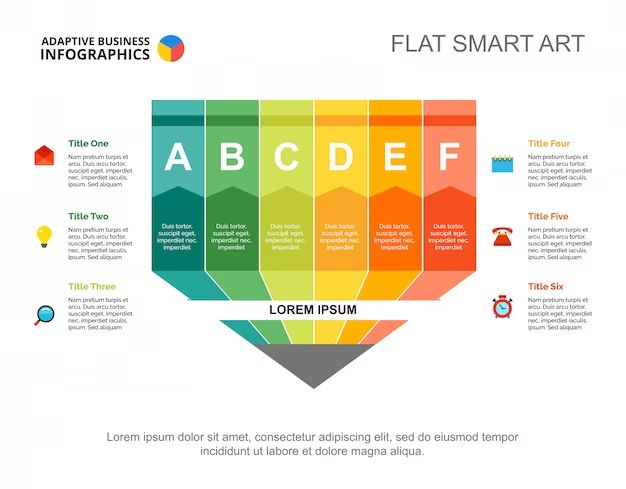The 5 major cool colors are blue, green, violet, teal, and cyan. Cool colors are often described as calm, relaxing, and peaceful. They bring to mind things like water, sky, and nature. Understanding the distinctions between the different cool shades can help artists choose the perfect colors for their creative works.
Blue
Blue is one of the 3 primary colors, along with red and yellow. When mixed together, these 3 primary colors can form any other hue. Blue has long been associated with stability, wisdom, confidence, and intelligence. The various shades of blue can evoke different moods and emotions.
| Shade | Feelings |
| Navy blue | Confidence, intelligence |
| Royal blue | Regal, luxurious |
| Sky blue | Calm, peaceful, refreshing |
| Baby blue | Delicate, sweet, soothing |
Lighter tints like baby blue are soft and soothing. Darker shades like navy have a bold, dramatic impact. Overusing blue in a design can feel cold or depressing, so it’s best used in moderation alongside warmer accent colors. Overall, blue is a versatile cool color that can convey diverse moods.
Green
Green is a secondary color formed by mixing two primary colors – blue and yellow. Abundant in the natural world, green represents life, renewal, growth, and the environment. The various hues of green have unique connotations:
| Shade | Meaning |
| Mint green | Fresh, rejuvenating |
| Forest green | Natural, earthy |
| Lime green | Vibrant, energetic |
| Olive green | Traditional, nostalgic |
Green has a balancing, harmonizing effect. It can signify stability and endurance, making it popular in home decor, graphic design, and commercial branding. But limiting green use prevents a design from feeling monotonous or stagnant. Overall, green is a versatile cool color conveying freshness and nature.
Violet
Violet is a secondary color made by mixing the primary colors red and blue. Purple is closely associated with luxury, imagination, and spirituality. Lighter purples like lavender feel romantic and nostalgic. Meanwhile, vivid purples like fuchsia exude energy and magic.
| Shade | Meaning |
| Lavender | Feminine, gentle, nostalgic |
| Lilac | Delicate, sweet, romantic |
| Magenta | Dramatic, exotic, magical |
| Orchid | Royal, elegant, mystical |
In ancient times, purple dyes were extremely rare and expensive, making purple robes a status symbol of kings and nobles. Today purple retains royal connotations along with mystery and imagination. Using too much purple risks seeming artificial or overwhelming, so it’s generally best used as an eye-catching accent. Overall, violet is a regal cool color stimulating creativity and romance.
Teal
Teal is a tertiary color arising from a mixture of green and blue. Associated with renewal and vitality, teal bridges the gap between the earthy tones of green and aqueous tones of blue. Different teal hues have unique meanings:
| Shade | Meaning |
| Dark teal | Sophisticated, traditional |
| Bright teal | Energetic, modern, trendy |
| Seafoam green | Calming, refreshing |
| Teal blue | Balanced, relaxing |
With both warm and cool undertones, teal works in diverse color schemes. It pairs nicely with neutrals like white, gray, and brown. An accent touch of teal can create an uplifting, rejuvenating effect. But teal shouldn’t dominate a palette, as it can seem overwhelming. Overall, teal is a revitalizing, versatile cool color.
Cyan
Cyan is a secondary color made by mixing green and blue. As an energetic yet soothing hue, cyan evokes clarity, cleanliness, and tranquility. Cyan takes its name from the blue-green pigment found in nature, like the Caribbean seas. Different shades of cyan have unique moods:
| Shade | Meaning |
| Bright cyan | Futuristic, cutting-edge |
| Turquoise | Uplifting, Bohemian |
| Aquamarine | Cool, breezy, refreshing |
| Teal cyan | Soothing, Zen-like |
Cyan has a very tranquil, relaxing effect. But it shouldn’t dominate a design, as too much can feel clinical or icy. Cyan works best alongside warm neutrals like cream or brown. Overall, cyan is a refreshing, vivifying cool color evoking water and open skies.
Conclusion
The major cool colors – blue, green, violet, teal, and cyan – share calming, refreshing qualities. But each shade has unique connotations spanning regality, nature, spirituality, and clarity. Cool colors relax the eyes and mind while stimulating imagination and creativity. Using an assortment of cool shades adds sophistication, balance, and visual interest to any design. Understanding the nuances of these hues allows artists and designers to make informed color choices tailored to their project. Whether aiming to evoke tranquility, luxury, growth, or futurism, the cool color palette offers endless possibilities.


